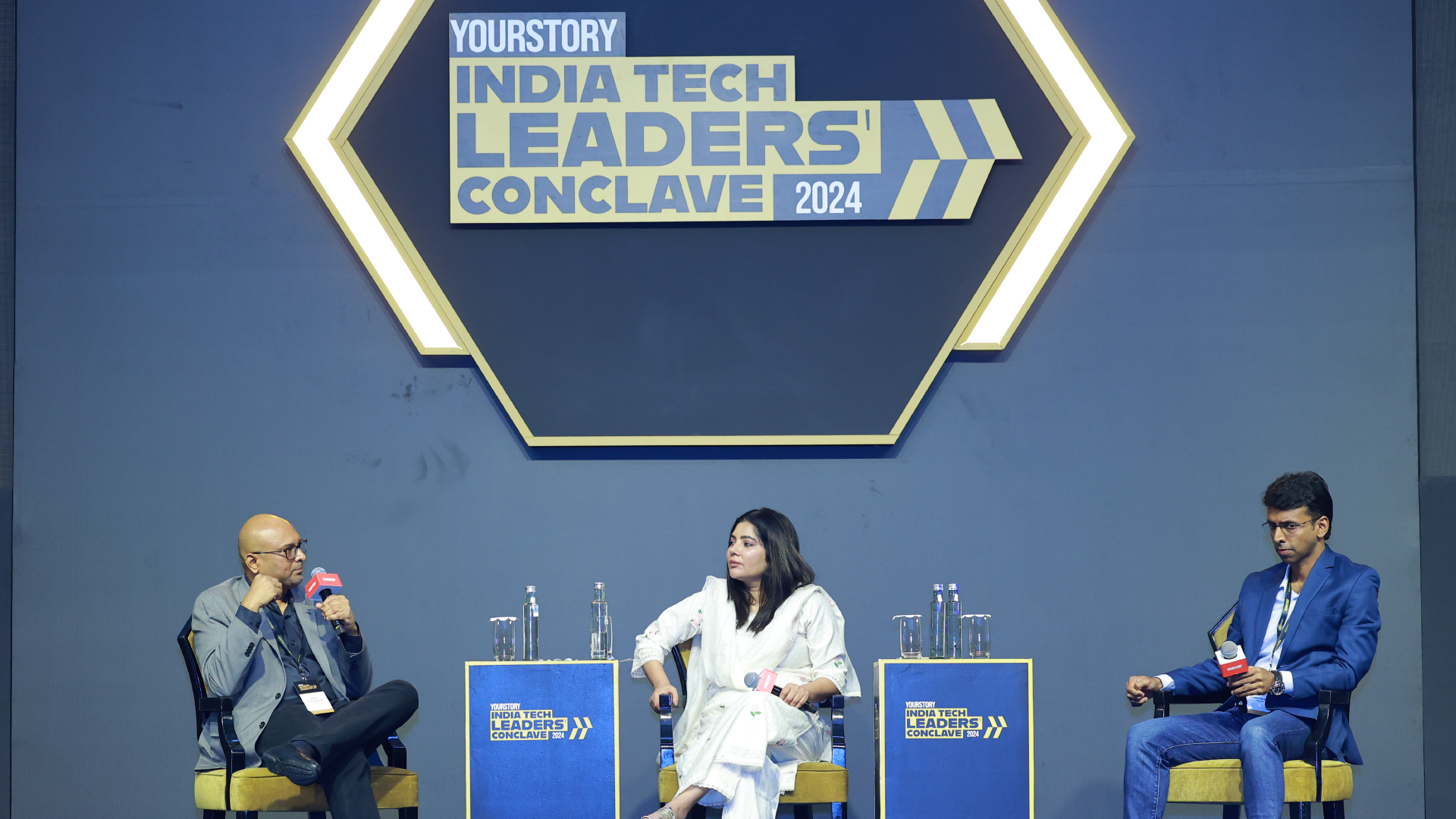
Two million customers walk into a store and start browsing products. Each one is shopping for a different product, a different size, and for a different occasion. Every customer wants to shop for what they want and shop as quickly as possible.
This superstore is Myntra. And how does Myntra pull off scale like this? Democratised access via technology.
Myntra, reportedly, caters to an average monthly user base of around 60 million customers through its 2.8 million styles across 8,000 brands. The ecommerce platform seamlessly juggles users’ diverse needs, delivering a personalised experience for everyone, everywhere, all the time.
“What a person shops for in Bihar might vary greatly compared to what a person buys in Mysuru. This is why being equipped to handle diverse preferences is essential,” said Raghu Krishnananda, Chief Product and Chief Technology Officer, Myntra. Essentially, Myntra needs to be able to address a symphony of split-second decisions, making your online shopping experience effortless.
At the 2024 YourStory India Tech Leaders’ Conclave, a panel discussion featuring Myntra’s Raghu Krishnananda and Akamai Technologies’ Sumant Narayanan, moderated by Shradha Sharma, Founder and CEO, YourStory, explored this hot topic of personalising fashion for India’s massive online audience.
The rise of affordable smartphones and high-speed internet has fueled India’s ecommerce boom. A recent Nokia-MBiT report highlights the average Indian user consumes a staggering 24.1 GB of mobile data monthly, a 24% year-on-year increase. Invest India, the country’s investment promotion agency, also forecasts the ecommerce market to reach a colossal $325 billion by 2030.
Raghu emphasised the importance of personalisation in this evolving landscape. “We need to cater to around 60 million unique journeys each month,” he said. Myntra addresses this by offering curated sections for diverse audiences, from everyday shoppers to Gen Z trendsetters and luxury fashion enthusiasts. It also has 20-25 different recommendation widgets across the shopping funnel.
While ecommerce is making fashion more accessible, personalising the experience for a billion Indian shoppers remains a complex and ambitious undertaking.
Unique India, Unique Challenges
Personalisation in India presents a unique challenge not only because of the cultural and linguistic differences but also because of the country’s large population.
“Population scale can mean different things in different countries. If you take the population of Uttar Pradesh and Bihar, it is bigger than the size of many countries in the world. In India, if you are delivering content at population scale, it almost means delivering to several countries at the same time,” explained Sumant Narayanan, Business Head, India and SAARC, Akamai.
The diversity of the country ensures that the expectations are always nuanced. “So, from how the app feels, what features it offers to different segments to the customer support experience, everything varies from geography to geography,” said Narayanan.
In this, handling security is especially tricky. Take the example of any e-commerce platform. If the platform experiences a minor one-minute glitch, it loses customers in volumes. A more significant sophisticated cyber attack can put larger volumes of customer data at risk, causing a loss of credibility and damage to brand reputation. That’s where providers such as Akamai Technologies play a critical role.
“At Akamai, we look at the user experience along with trust and security. We try to ensure customer data is handled well even as they get the best user experience,” he added.
<div class="externalHtml embed active" contenteditable="false" data-val="” align=”center”>
AI for the next billion
Ecommerce helps users save time and is convenient compared to visiting a physical store. However, today’s online shoppers crave for more than just convenience. They seek a personalised experience that caters to their unique style. This is where technology such as Generative AI is helping further democratise the experience.
For instance, Myntra has a feature called “my stylist” where GenAI analyses a user’s product purchase to recommend a particular outfit with which to pair it. This means shoppers can buy an entire ensemble without browsing multiple sections or platforms.
“Our recommendation feature is among the first-of-its-kind. We have completely developed this feature internally using multiple AI and machine learning models,” said Krishnananda.
AI can handle complex queries, such as “What should I wear to a vacation to Goa?”. But what lies ahead is the exciting future of Conversational AI. Imagine a digital shopping buddy who remembers your style, preferences, and past purchases. This AI assistant can then hold a conversation, suggesting outfits and navigating your fashion needs with ease. Krishnananda views Conversational AI as a game-changer, with the potential to transform online shopping into a truly personalised experience.
It’s all about user experience
Fashion is breaking free from its big-city, big-budget stereotype. Ecommerce is shattering these barriers, with Tier II and III cities emerging as the new powerhouses of fashion. Krishnananda and Narayanan recognise this shift and understand the user experience needs to be seamless, regardless of the device used.
“If I expect every user to buy the best-in-class device to get the optimal experience, that is expecting too much. Hence, the industry has to fundamentally relook at what kind of technology frameworks we have and leverage newer technologies such as Edge Computing to deliver a similar experience across networks and geographies,” added Narayanan.
Both Krishnanda and Narayanan are aware they have just scratched the surface. However, they are optimistic about their mission: fashion is a personal expression, and the shopping experience should be equally personalised, regardless of who the shopper is and what device they use.







![Read more about the article [Funding alert] Software solutions provider Nirmata raises $4M in pre-Series A led by Z5 Capital](https://blog.digitalsevaa.com/wp-content/uploads/2021/08/funding12-16232299310311-1628685403744-300x150.png)
![Read more about the article [Funding roundup] Butterfly, Nirmalaya, Urban Sphere raise early-stage deals](https://blog.digitalsevaa.com/wp-content/uploads/2022/05/Funding-1587044486257-300x150.png)

